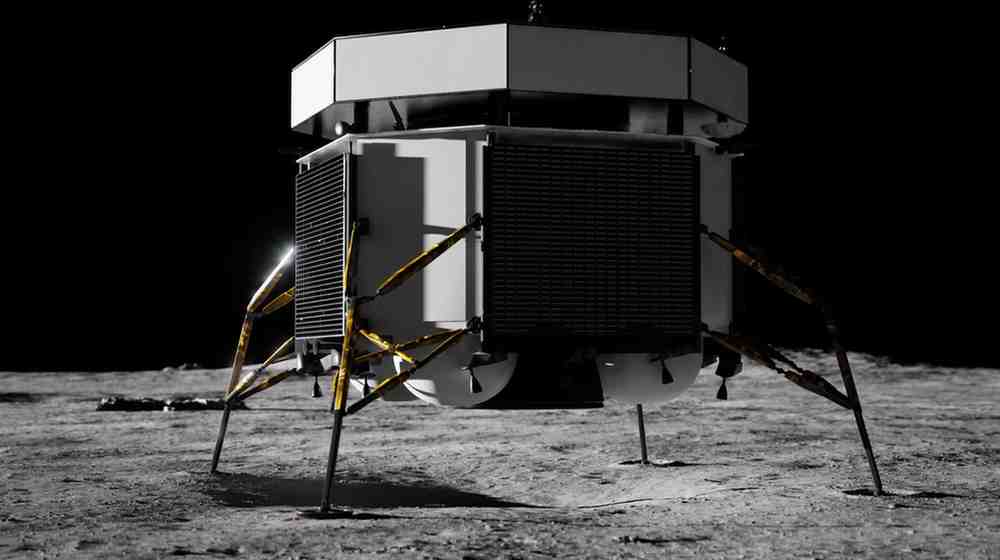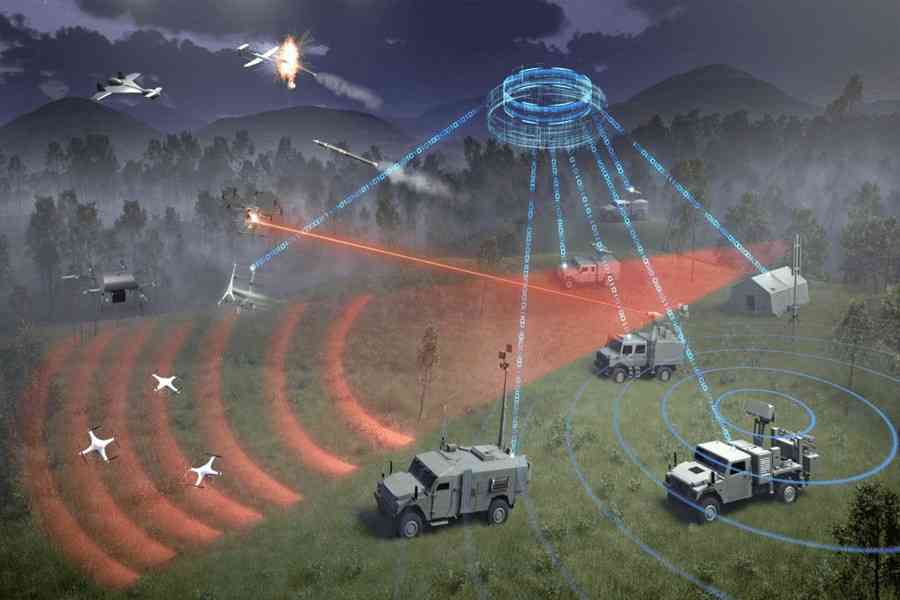In the past few months, India has notably intensified its focus on unmanned aerial vehicles (UAVs), not just in procurement but across exercises, training, and doctrine. This trend reflects a doctrinal-industrial shift: drones are now viewed as essential elements of warfare rather than niche assets. Policymakers and analysts describe UAVs as strategic force multipliers that extend a soldier’s “vision, reach, and power” on the battlefield. It seems that India is linking its defence industry and military doctrine into a unified drone-centric strategy. However, behind this rapid modernisation lies a more complex rationale: lessons from the May 2025 war, the fear of attrition in manned platforms, and the pursuit of escalation control through low-cost coercion.
India’s rapid turn to UAVs is a response to the May 2025 war failure, when, for the first time, India and Pakistan fought with UAVs at scale. This exposed limitations in India’s reliance on imported systems, including the costly Israeli Harop. This war also highlighted vulnerabilities within the Indian response chain, which it is now trying to mitigate through attritable, lower-cost drones in an attempt to preserve its more important manned aircraft, such as the Rafale and Su-30MKI.
Soon after the May 2025 war, New Delhi announced a US$234 million drone incentive programme to accelerate indigenisation. At the same time, the Indian Army began emergency purchases of domestic systems, including hundreds of Nagastra-1R reusable kamikaze drones and homegrown counter-UAV jammers and air-defence systems.
Reflecting the realisation that India lost multiple jets in the May 2025 air battle, the Indian Armed Forces are trying to integrate UAVs in its doctrine and training formally. The new “Eagle in the Arm” concept explicitly envisages every soldier as a drone operator. In July 2025, Lt Gen Devendra Sharma of the Indian Army announced that “by 2027, every Indian soldier will be trained in drone operations”, treating UAVs as the “third arm” of the infantry. To institutionalise this change, about nineteen dedicated drone-training centres are being stood up at premier schools to incorporate UAVs into all levels of instruction.
Additionally, India’s shift to drones reflects a desire to regain psychological and operational confidence after setbacks in the recent war. At the operational level, India is reorganising its formations around drones. The Army Chief has ordered that “every infantry battalion will have a drone-platoon,” while artillery regiments will gain their own loitering-missile batteries alongside counter-drone units. These plans call for the purchase of roughly 1,000 UAVs of all classes and close to 600 training simulators to equip them. These platforms promise improved Intelligence Surveillance and Reconnaissance (ISR) and precision strike capabilities: as one official put it, a future infantryman “will carry a drone” that amplifies his eyes and firepower.
Likewise, military exercises have followed suit. India has launched a series of high-end drone drills, including Exercise Drone Kaushal-I and II, Drone-Prahaar, and Siyom-Prahar. In October, it staged the first tri-service UAV war game dubbed “Cold Start”. In each case, the focus has been on large-scale drone employment, swarm tactics, secure communications, and counter-UAV defences. Crucially, these exercises have extended to all domains and commands: even paramilitary border forces have gotten involved. The BSF now has its own “School of Drone Warfare” and is raising drone squadrons along the Pakistan frontier. Likewise, the Army’s Eastern Command conducted a “Drone Kavach” exercise in Arunachal Pradesh, near the China border, with troops, validating new UAV and C-UAV procedures. Indian forces of all kinds are exercising UAV operations on both western and northern fronts.
Pakistan remains vigilant about these Indian developments and has already taken a few calculated actions. Hardened and dispersive military assets, improved potentials of early warning and incorporation of electronic-warfare and RF-jamming infrastructure, and deployment of local counter-UAV systems as well as local UAV programmes. In the late 1990s and early 2000s, India partnered with Israel, which dominated the global UAV landscape at the time, while Pakistan quietly imported and indigenised its own systems. Over time, Pakistan not only matched India but surpassed it in quality, a reality exposed in the May War when Pakistan downed 88 Indian drones while India struggled to mount any credible or effective response.
While India projects its UAV expansion as a transformative leap, the gap between Indian claims and actual operational performance remains significant. Most of these systems are still marred by subpar endurance, payload, and service integration skew. Pakistan does not have to follow every Indian purchase; instead, it should aim at enhancing resilience based on innovation, adaptability, and layered defences. It means the innovative way of defence dispersion, enhanced electronic and human net, and reconsideration of the strategy that can take surveillance and drone attacks into account. Proper preparation in this new dimension of war will help Pakistan to see the deterrence and stability through the planned Indian war onslaughts on UAV warfare.

Abdul Wassay
The author's research interests include Arms Control & Disarmament, Emerging Technologies, Non-Contact Warfare, and Military Weapons Analysis. He can be contacted at malikabdulwassay@gmail.com
- Abdul Wassay#molongui-disabled-link
- Abdul Wassay#molongui-disabled-link
- Abdul Wassay#molongui-disabled-link
- Abdul Wassay#molongui-disabled-link













